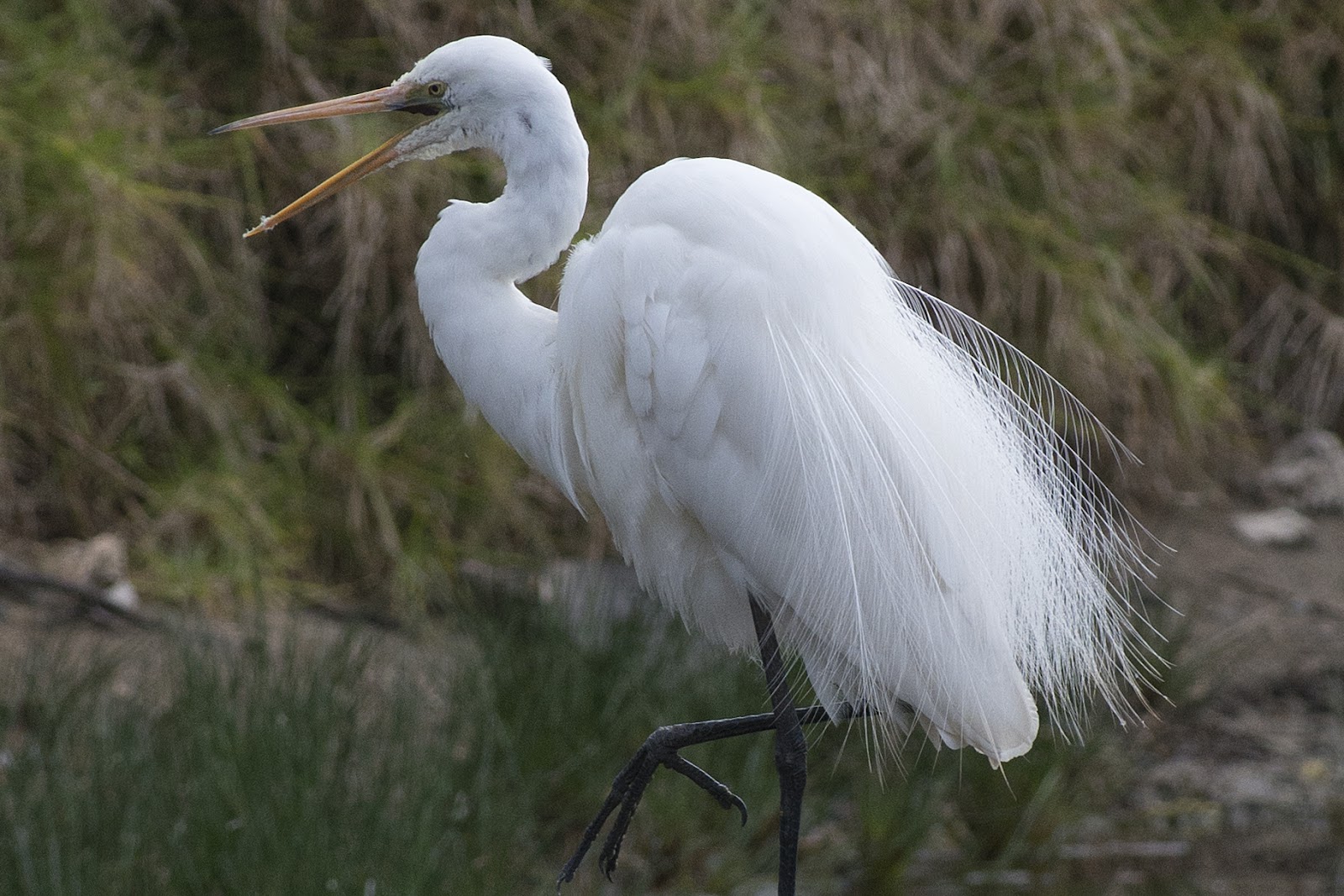No, I am not referring to the one above.
I am referring to the bird that was threatened with extinction below.
Today is world migratory day. FMI follow this link here.
I want to use this opportunity to promote an upcoming program to be presented by the Pontine Theatre at the Conway Public Library Thursday, May 22, 2025 from 6-7 pm.
They will use a "toy theatre" like the one above in their unique approach to storytelling. You can find more info on the program here.
They will present original adaptations of two stories by two New England authors. In a previous blog here, we looked at Robert Frost’s The Star Splitter.
This blog focuses on Sarah Orne Jewett’s A White Heron. Published in 1886, it is often seen as a coming of age story about a young city girl, Sylvia, who comes to live with her grandmother in the country. She meets a young ornithologist who is hunting a rare bird he recently spotted in the area. Sylvia wants to please the young man by revealing the heron’s location, yet doesn’t want him to take its life. In the end, she embraces her passion for country life and the natural world around her.
I want to focus more on the bird than the girl for now. First, there is some question about exactly which white heron they are talking about. There are actually a number of bird species referred to as a white heron including Great Egrets and Snowy Egrets. In either case, they are "snow birds" that migrate between Florida and Maine.
Why is the young man hunting for birds? In the context of the story, he refers to his collection of stuffed birds.
John James Audubon was also known for shooting and stuffing birds to use as models for his artwork.
Let's follow the Audubon connection is a different direction. The Audubon Society was founded by two Boston socialites in response to the late 19th century fashion craze for hats decorated with bird feathers.
One of the Boston ladies who helped found Audubon and save/ protect these birds has a local connection to the greater Mount Washington Valley in NH.
Harriet Lawrence Hemenway, seen in this 1890 portrait by John Singer Sargent, was one of the Boston ladies who helped found the Audubon Society. Hats off to her!
No I did not spell it wrong. For more on that "Hemingway," see our previous blog about Chocorua's Hemingway here.
There are two children's books about Harriet Hemenway and her struggle to protect the birds. While not in the collection of the Conway Public Library, we can get them for you through interlibrary loan (ILL).
Recently the library hosted a program by David Govatski about big trees. He pointed out that many big trees can be found in the Big Pines area of the Hemenway State Forest in Tamworth which Harriet and and her husband helped establish. FMI see this link here and here.







.jpg)




